How to sell furniture second-hand - the best tricks to make money from decluttering
From prepping the furniture to driving a hard bargain, this is everything you need to know about selling on eBay, Facebook and more

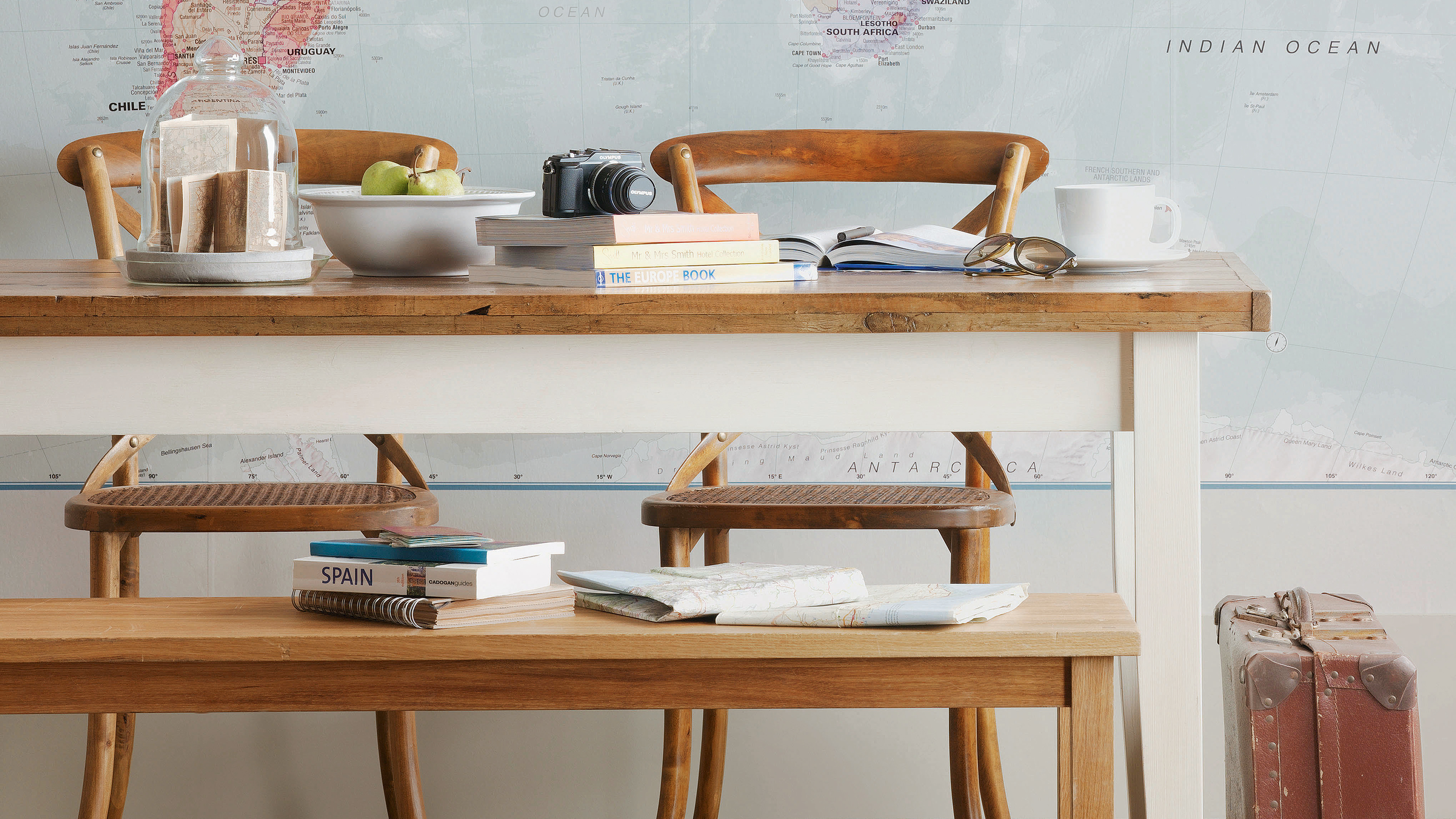
If you started 2024 off with a big ol’ declutter, there’s a high chance you’ve come across old furniture you no longer want or need. That’s why it’s always handy to know how to sell furniture second-hand and turn your declutter into a little extra cash.
Whether you’re opting for a 10-minute declutter or have gone all out and ticked every box on your decluttering checklist, clearing out your home can give you some much-needed space. But rather than ditching it at the tip why not turn it into an extra bit of income?
‘The New Year brings a clean slate, prompting people to declutter and clean out their homes, with selling furniture online becoming an increasingly popular option,’ explains Emmanuel Baumard, Home Expert and Co-founder of Purlfrost. Whether it is in tip-top condition or needs someone to work their upcycling magic, you can always guarantee that someone out there will pay for your furniture if you know what you're doing.
How to sell second-hand furniture
Below, you’ll find everything you need to know about selling second-hand furniture online to make money from your decluttering efforts. Our handy step-by-step guide has rounded up the basics and smart tricks to get you selling in no time.
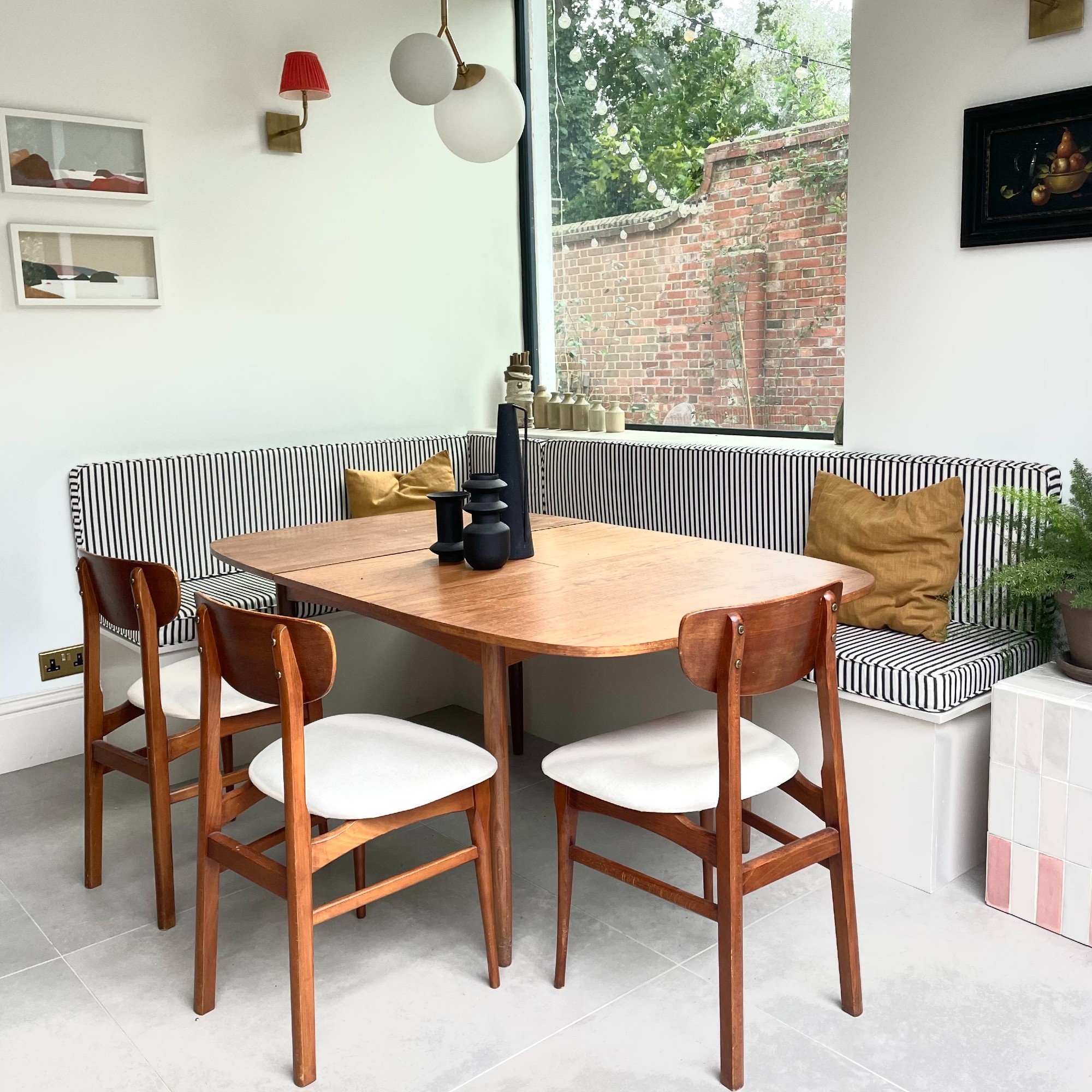
1. Choose the right selling platform
Selling furniture second-hand is now easier than ever, which is a win-win situation for buyers and sellers. However, it’s important to understand the intricacies of each selling platform and what they can offer you as a seller:
- eBay: As one of the most popular buying and selling platforms worldwide, it’s incredibly safe and easy to buy and sell on eBay. In fact, it’s one of our favourite places to buy refurbished air fryers. If you’re a private seller and haven’t gone over your monthly allowance, selling furniture second-hand on eBay is free. You will have to pay a percentage to the platform when your item sells, though.
- Etsy: Famous for its independent sellers and small businesses, Etsy is a common platform for buying and selling second-hand goods. However, this platform seems to favour buyers rather than sellers. To sell anything on Etsy, you’ll be charged a 16p listing fee, a 6.5% transaction fee, and then a 4% + 20p payment processing fee.
- Facebook Marketplace: Facebook is much more than just a social media platform. Facebook Marketplace is a handy and totally free way to sell furniture second-hand to those in your local area. You won’t have to pay any fees, and you can have your buyer pick it up from your home. Just keep an eye out for scammers, and if you ever decide to buy anything on this platform yourself, remember to use the secret Facebook Marketplace buying tip.
- Gumtree: Dubbed as the number-one classified ads site in the UK, Gumtree is another platform for selling second-hand furniture. While it’s usually completely free to list your items on Gumtree, the platform does note on its website that certain services do incur a fee. But before you use any of these services, the platform will allow you to review and accept the charges to ensure you know what you’re signing up for.
- Vinted: A popular choice for those buying and selling pre-loved clothes, what many don’t realise is that you can also sell second-hand furniture on Vinted. As it’s primarily known for selling clothes, shoes, and accessories, it may take you a little longer to sell - but it is completely free to use, which is a bonus.
- Shpock: This buying and selling platform relies on finding potential buyers close to you, which is a great option for those who don’t have the ability to post a large chest of drawers. There are zero fees involved, and there’s even added buyer and seller protection to ensure you’re selling to the right person.
- Preloved: Like many of the other online selling platforms, Preloved offers a free way to sell your second-hand furniture. However, you can also become a member for extra perks. You can either sell your furniture using a single photo and description, or you can become a paid Preloved member and add multiple photos and respond to buyers straight away.
2. Prepare the furniture for selling
Everyone knows that every piece of second-hand furniture comes with a story. No matter whether it’s had one or multiple owners, buyers know that it may be a little rougher around the edges - especially compared to brand-new furniture that comes straight from the shop.
While sellers can give or take chipped paint or a wobbly table (as long as you were honest about these features in the first place), they won’t appreciate buying second-hand furniture that’s covered in dust, mould or completely missing a door. So, it’s important to prepare your second-hand furniture for selling before you really get started. Think about what you look for when buying secondhand furniture.
Sign up to our newsletter for style inspiration, real homes, project and garden advice and shopping know-how
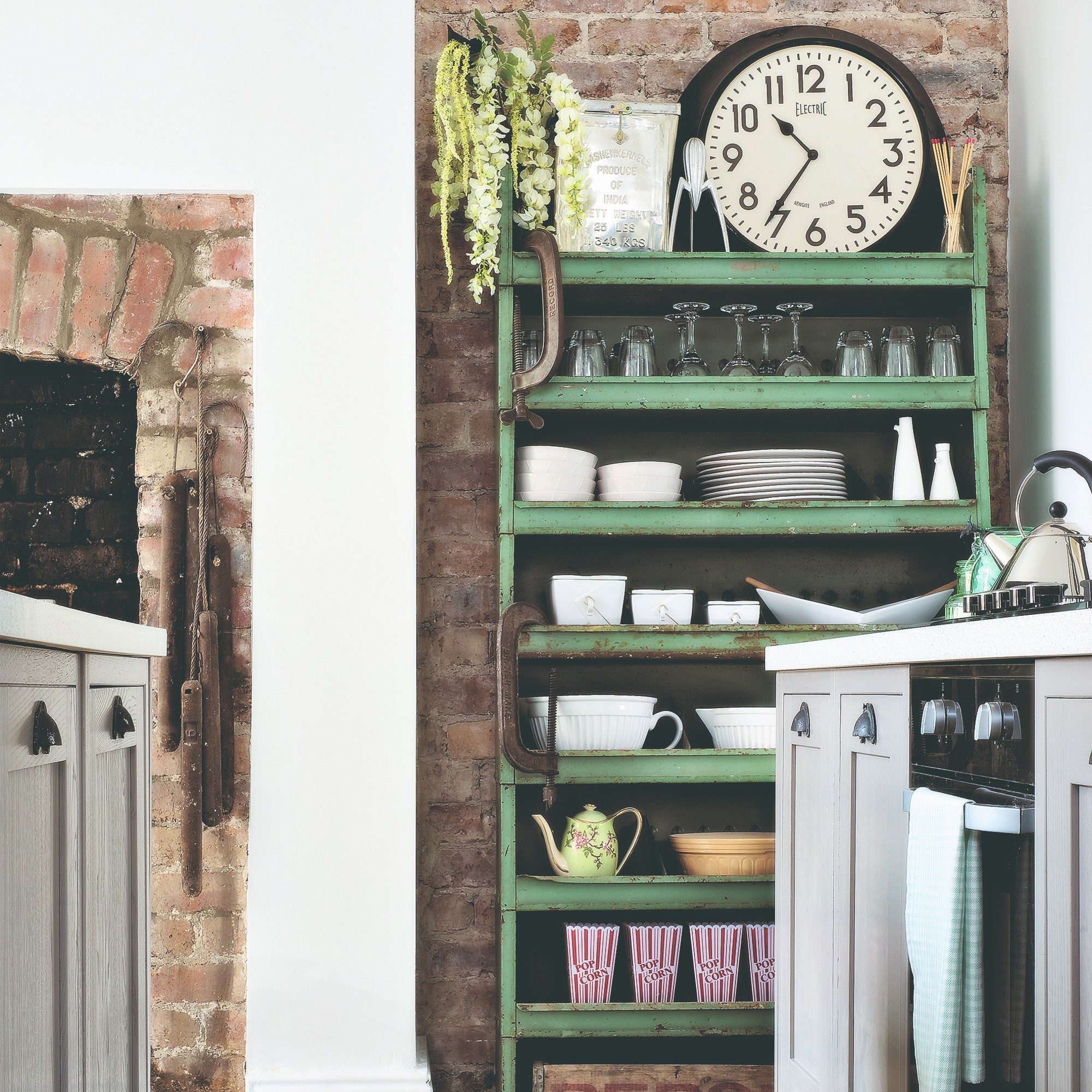
Margaret Larson from Sustainable Furniture explains, ‘When preparing furniture for sale, it is important to perform a deep clean, this will ensure furniture pieces are looking their best to help achieve a quick and high-profit sale. Start by emptying any drawers and cupboards or check under cushions for miscellaneous items.'
‘Furniture made from wood, glass or metal can be cleaned using a damp cloth to remove dust, and if there are any lingering tough stains, try spot cleaning with a sponge, warm water and mild dish soap. Then, to finish, buff and polish using suitable products to restore the furniture's appearance.'
‘For upholstered furniture pieces, start by lightly hoovering the surface to remove debris, then spot clean any tough stains and plump cushions for the perfect finishing touch.’
3. Make sure your photos are stellar
You wouldn’t buy clothes or a car online without looking at photos first, so you can’t expect potential buyers to purchase your second-hand furniture without seeing what it looks like. The best way to give them what they want is to take stellar photos that really show off the item.
Hannah Rouch, second-hand expert at Gumtree, explains, ‘Pictures may tell a thousand words - but bad photography won't sell your furniture. Take photos of the item against a plain background so it's clear what you are selling, and whatever you do, only post images that are in focus!'
'Buyers will want to see as much of the item as possible - warts and all. So, take photos of the object from all angles and clearly show any defects that are present. When shooting, make the most of natural daylight to ensure your images are bright and sharp.’
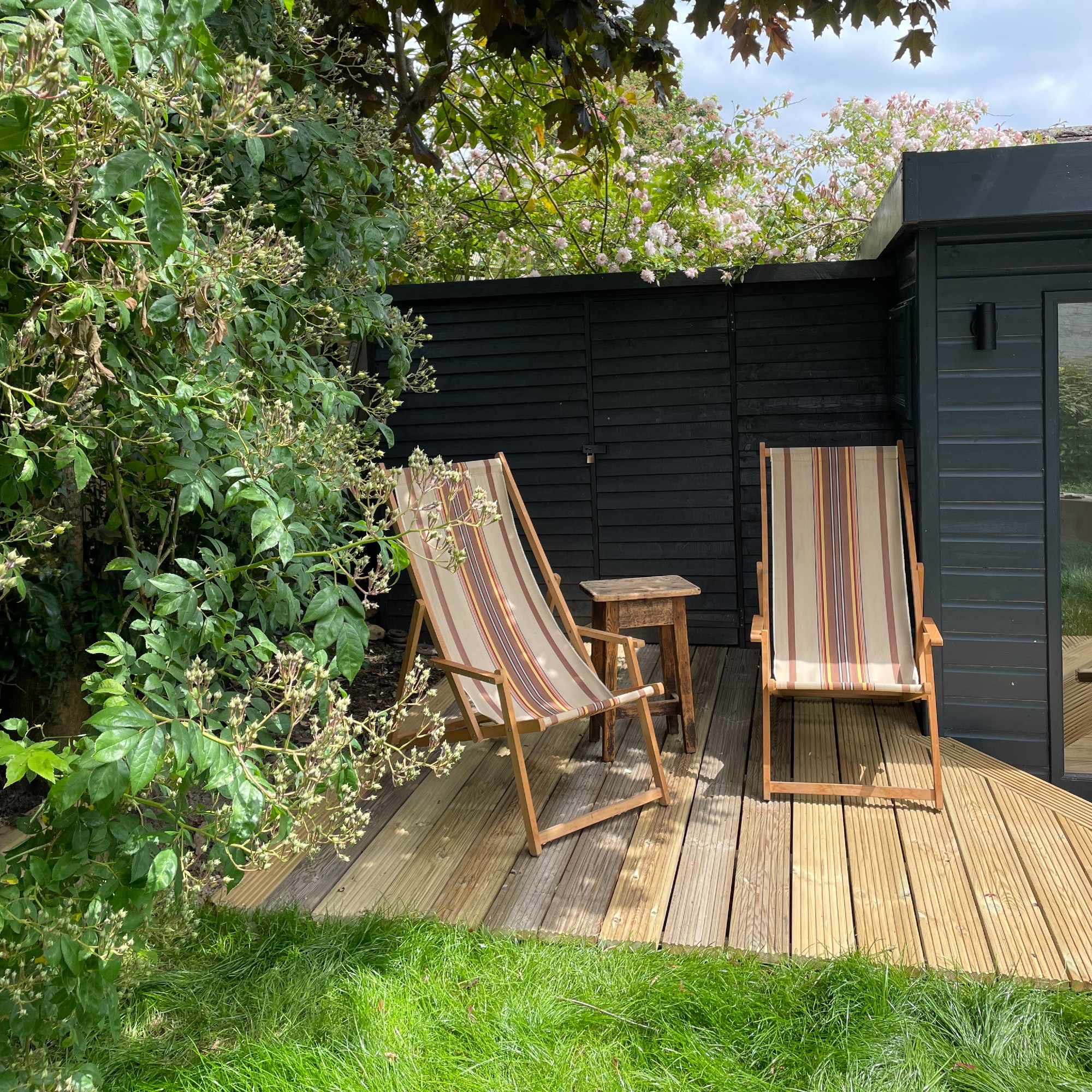
It may also be a good idea to take photos of the furniture in the room they’re designed to go in if you can do so without the pictures looking too cluttered. For example, photographing a sofa in a living room or snapping a chest of drawers next to a bed. This will allow buyers to gauge the general size and visualise it in their own home.
It goes without saying that you should also never use photo editing tools when taking photos of your second-hand furniture, as you don’t want to mislead a potential buyer.
5. Write a spot-on (and honest) description
No online advert would be complete without a description. And while you might think that short and simple descriptions filled with important info will help sell your furniture, Hannah suggests otherwise.
‘A one-line description might make the buyer think you have something to hide,’ she says. ‘Put yourself in the buyer's shoes and think about what they need to know to ultimately make the purchase. Practical information such as measurements, the material it is made from, and the item's history are the basics.’
‘But for a quick sale, paint a picture of how potential buyers could use the item. Describe what makes the object stand out from the competition - are the drawers extra deep and great for storing bulky jumpers? Is the desk extra wide and perfect for working at home? Create a story so the buyer can imagine the furniture in their own home. Once you have written your description, run it through a spell checker, as listings with incorrect spellings are far less likely to be found online.’
Within this description, you should also explain about the delivery or collection method. If you’re willing to send the furniture to your buyer, confirm who will be covering the postage fees. If they live locally, you could also explain that you’re willing to deliver the item for an extra fee if required. Alternatively, confirm that you will be selling for collection only.
The main aim is to pre-emptively answer any questions a buyer may have, as this will not only make you look confident and trustworthy but will usually result in a quick sale too.
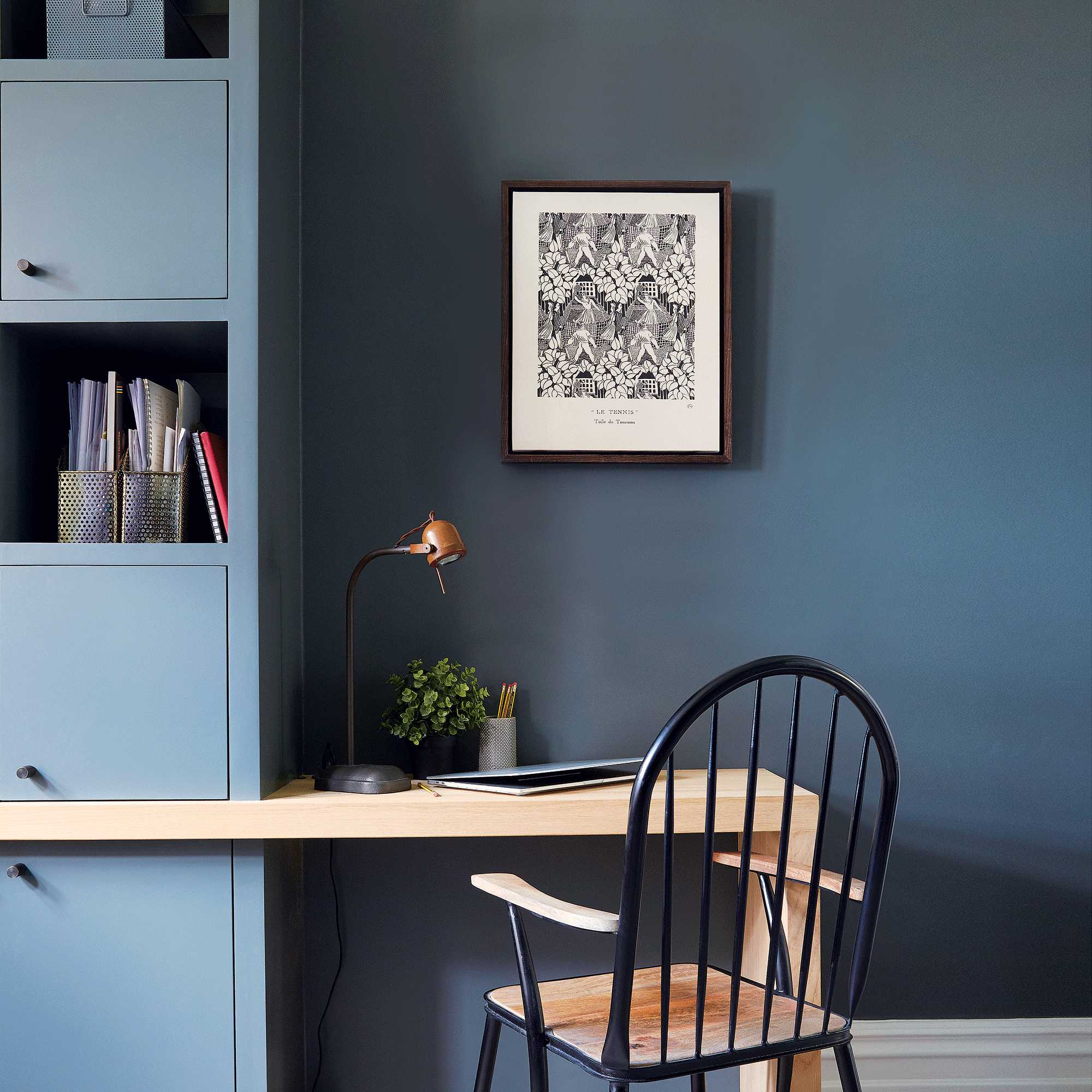
5. Settle on a price
If you want to sell furniture second-hand rather than recycle or donate it, you obviously want to get money out of it - and there’s absolutely nothing wrong with that. Everyone is within their right to ask for money in exchange for goods, but you need to settle on a price that works for both the buyer and the seller.
It can be easy for sellers to become emotionally attached to their items and ask for more than the furniture is worth. However, a good rule to follow is that second-hand furniture in good condition can be sold at around 70-80% of the original sale price.
Ava Wilson, Chief Editor at Unclutterer, also adds, ‘Research similar items to price yours competitively. Be realistic about the condition and age of your furniture.’
One of the easiest places to do this research is on your chosen selling platform. If you find something similar that’s been for sale for months, it’s highly likely that it’s been priced too high, and therefore you should lower your expectations accordingly.

Ava Wilson, Unclutterer’s Chief Editor with 25 years in cleaning, started with a mop and now leads a team of 20. Merging hands-on experience with management expertise, she transforms cleaning into inspiring lessons. Ava's eco-focused insights make Unclutterer a go-to for sustainable cleaning wisdom.
6. Engage with potential buyers
So, what do you do when you have an interested buyer? Many people will try to haggle the price of pre-loved and second-hand furniture, and it’s down to you how you want to play that game. Of course, if you want to drive a hard bargain and are willing to wait a little longer to get what you want, stick to your advertised price.
But if you want to get rid of heavy second-hand furniture in a hurry to make space for new pieces, it’s probably worth being lenient and finding a comfortable middle ground between you and the buyer.
Whatever you choose, it’s important to respond quickly to enquiries and keep things short and professional.
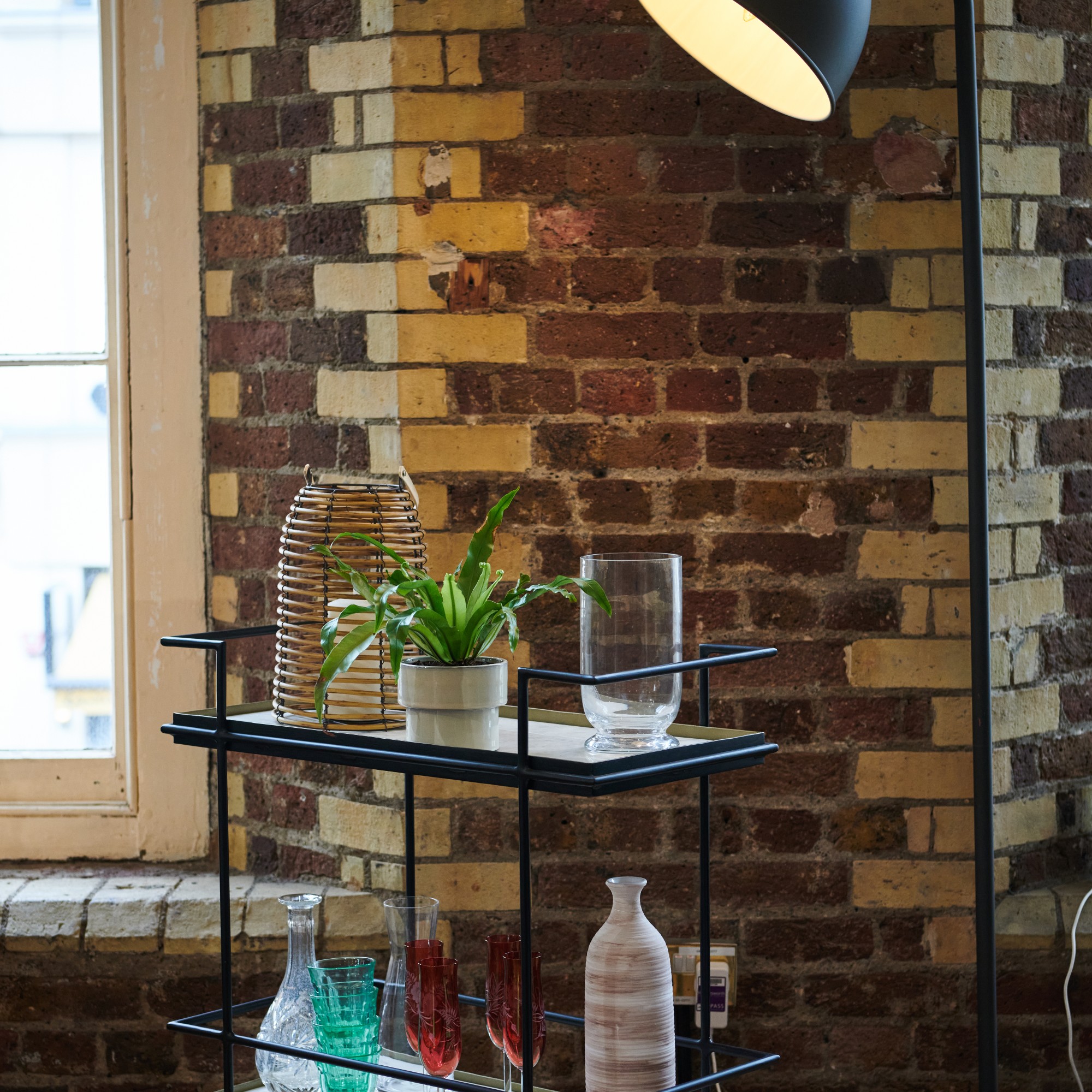
7. Seal the deal
When you’ve found a willing buyer and are confident with the price, you can then seal the deal and arrange for the exchange of money and goods. How this is done will depend on whether you’re posting, delivering, or exchanging on collection, and how you choose to accept the money.
As online scams are rising, the safest way to exchange money is in person and with cash. If you feel like you’re being pressured into accepting money online, it’s best to avoid it - especially if you’re planning on sending the furniture to your buyer.
Ultimately, you are the only one who can make the decision on how you receive money. But one thing that’s important to note is that you should never send items to a buyer without receiving the money first.
FAQs
What is the best website to sell second hand furniture?
There are many platforms for selling second hand furniture, from Facebook Marketplace to eBay and Vinted. All of these platforms come with their own rules and fees, so it’s important to do your research before settling on a selling platform.
How much should you charge for second hand furniture?
The general rule of thumb is that you can sell second-hand furniture for 70-80% of its original sale price, but this does obviously depend on the condition of the furniture.
If it’s like-new, you can definitely get away with charging 80% of the original sale place. But if it’s heavily used and has clear signs of wear, tear, and damage, it would be unfair to sell it for such a high price and you’d need to reduce it accordingly.
So, now you know how to sell second-hand furniture, all you need to do now is get started!

Lauren Bradbury has been the Content Editor for the House Manual section since January 2025 but worked with the team as a freelancer for a year and a half before that. She graduated with a Bachelor’s degree in English and Creative Writing from the University of Chichester in 2016. Then, she dipped her toe into the world of content writing, primarily focusing on home content. After years of agency work, she decided to take the plunge and become a full-time freelancer for online publications, including Real Homes and Ideal Home, before taking on this permanent role. Now, she spends her days searching for the best decluttering and cleaning hacks and creating handy how-to guides for homeowners and renters alike, as well as testing vacuums as part of her role as the Ideal Home Certified Expert in Training on Vacuums, having spent over 110 hours testing different vacuum models to date!